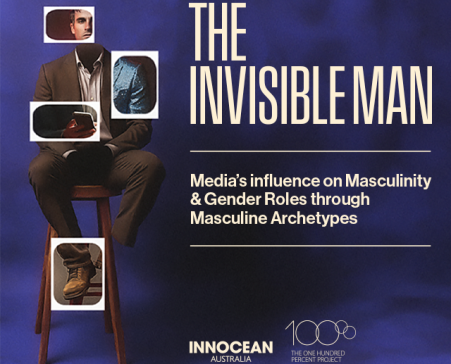Diversity of Thought Blog
Safety First, Diversity Seventh: Prioritising diversity in the workplace

Deprioritising diversity in the workplace is an obstacle we must overcome in order to effectively create a more gender equal working environment.
The business case for safety is simple, it saves lives. Businesses pour millions of dollars each year into safety practices within their business and if it came down to a decision between spending resources on a safety program or a diversity program I think I know which one most CEOs would choose.
I was recently on a panel when the business case for gender equality was brought into question. Of course, there is plenty of evidence for the benefits of more diverse teams both to the bottom line and on a societal level—irrespective of the fact that it’s just the right thing to do—and yet given the myriad of compelling reasons for diversity, it continues to be deprioritised over other business priorities.
Perhaps instead of pushing all the reasons why diversity is important, we should instead correlate our diversity data with data on whatever is the current priority of the business. For example, by overlaying diversity data on their safety data, BHP was able to demonstrate that those operational sites with greater gender balance were also safer.
Food for Thought: Prioritising diversity culture
We know that the issue of diversity in Australian organisations is a complex problem and as such will require multiple strategies rather than one silver bullet. Below is a list of strategies for improving safety culture, but why not try replacing safety with diversity and see where you get:
- Ensuring policy emphasises the importance of workplace safety
- Committing resources to protect employees
- Beginning briefings with a safety story
- Encouraging employee participation in safety
- Roll modelling safety practices
- Responding to all reports of unsafe work practices
- Setting up an investigation team when injuries occur
- Going beyond what’s legally required to address all hazards
- Involving employees via active workplace safety committees
- Keeping employees informed about safety inspections and injury that may have occurred
- Giving everyone a meaningful activity that supports safety
- Valuing employee input and feedback on safety issues
- Involving employees in reviews and program improvement activities
- Holding employees accountable for safety numbers
- Tracking and regularly reviewing records and data, looking for trends
- Prioritising hazards that are found and taking action to correct them
- Evaluating the change and celebrating successes
- Training employees in safety practices
- Support a culture of safety by actively caring about all employees and ensuring safety is held as a value
- Continually improving upon current practices and staying up to date with the latest best-practice
Yet, as with many behavioural change efforts, an increase in spend does not always mean an improvement in outcomes. Back in my PwC days I consulted on risk culture and would often share insights from a transport company who found that there was a tipping point whereby an increase in road signs and rules resulted in a plateau and sometimes increase in safety incidents. This is because when people are bombarded with policy and procedure, they no longer apply initiative to the situation and just blindly follow the rules. The same was found in martial arts; when helmets were introduced the number of brain injuries increased because those fighting felt safer in wearing one and took greater risks.
Takeaway: Diversity data in making a case for business priorities
When it comes to the business case for gender equality, the prioritisation of diversity programs seems to fall down to the lower rungs of the business priority ladder. In making a case for prioritising diversity perhaps we should follow the lead of BHP in correlating diversity data with data on higher focus items within the business. To do so, I prompt you to ask yourself the following questions: What is the key priority in your business and what HR data do you have that can be overlaid to make an even more compelling case for those who are yet to buy in? How can you correlate your business priorities with diversity data to drive the diversity message in your business?
About the Author
Lauren Trethowan is a Director of The 100% Project. Lauren is a registered Psychologist with over 15 years experience in HR and transformation advisory roles, specialising in: organisational development, talent and performance, leadership development and ultimately building great workplace cultures. She believes that in order to address systemic inequality that prevents women from reaching senior leadership positions, both men and women need to be part of the dialogue.

